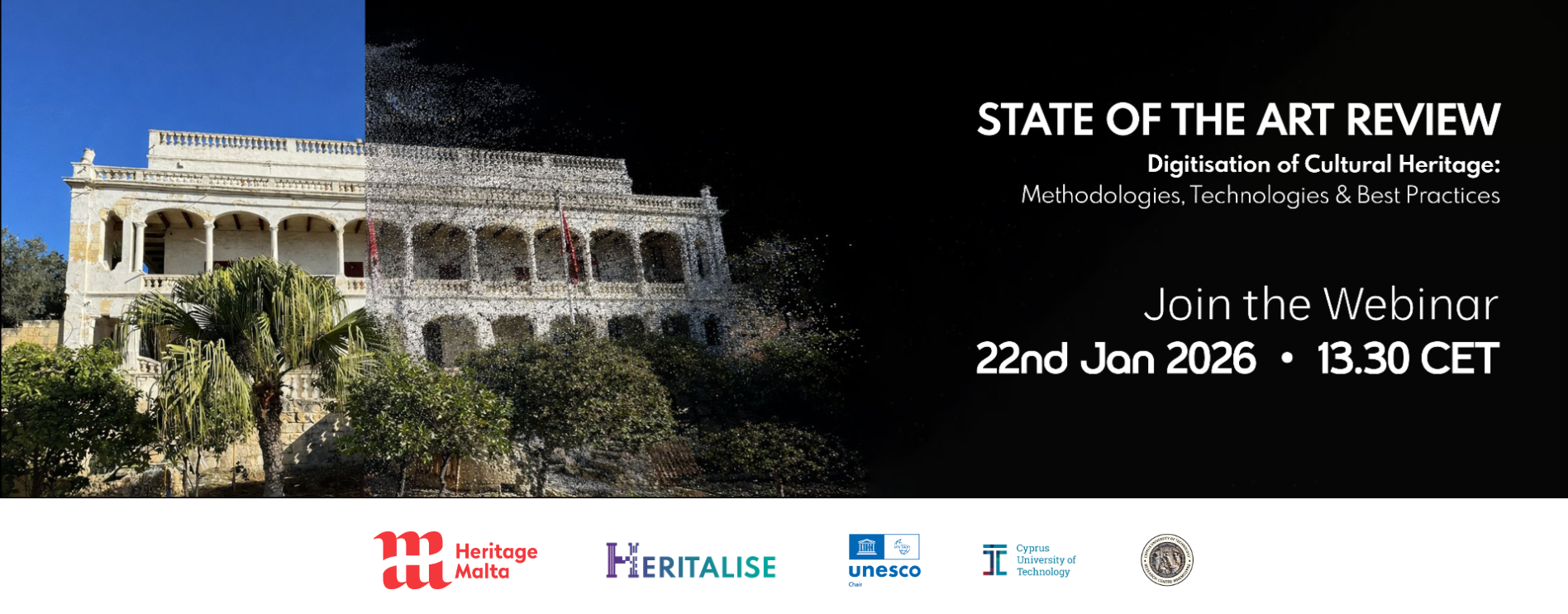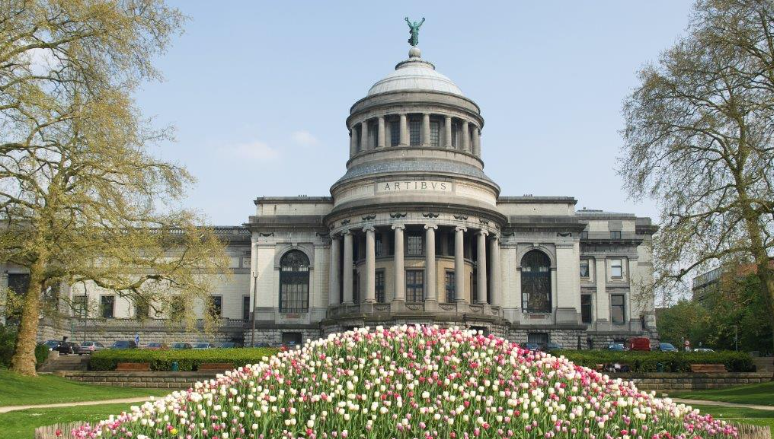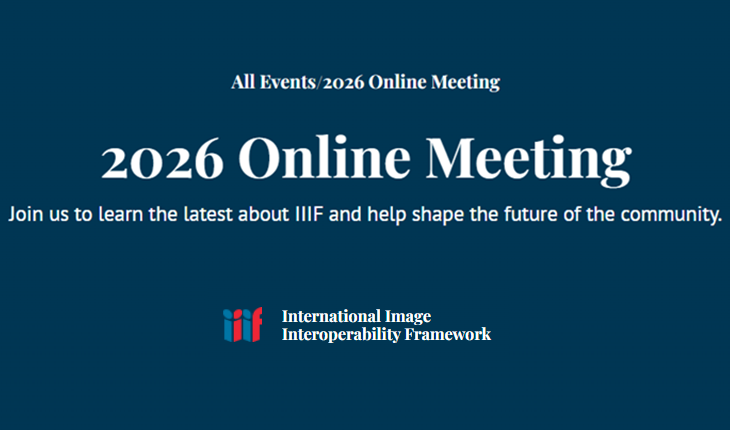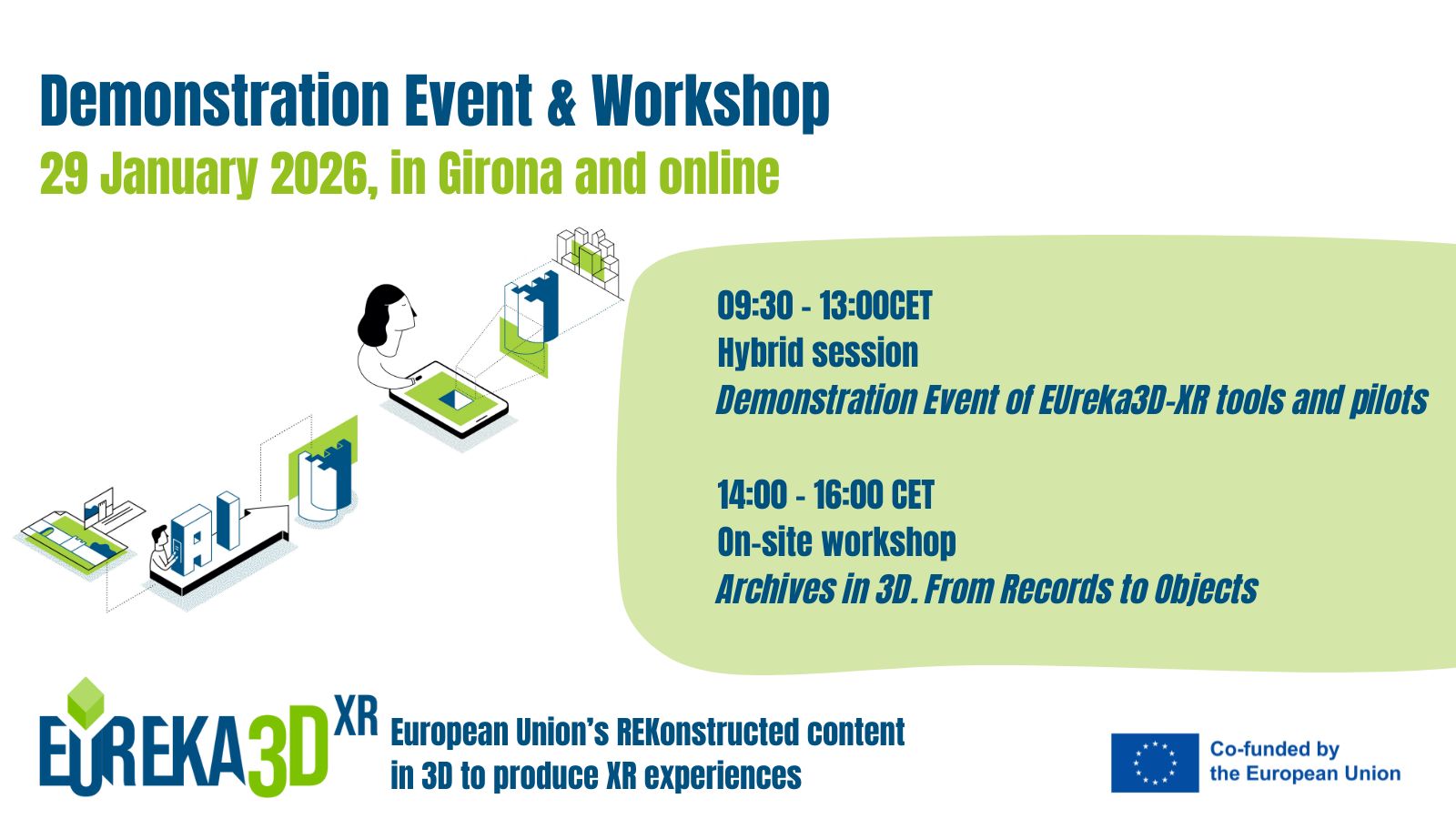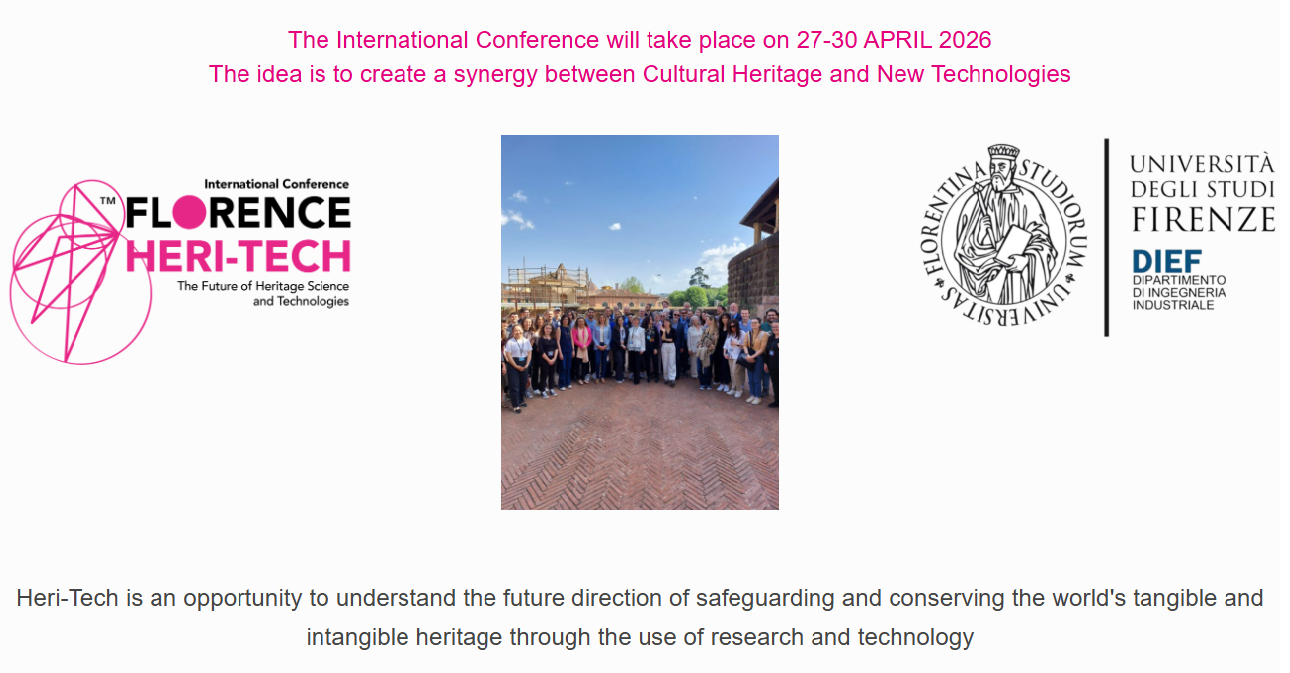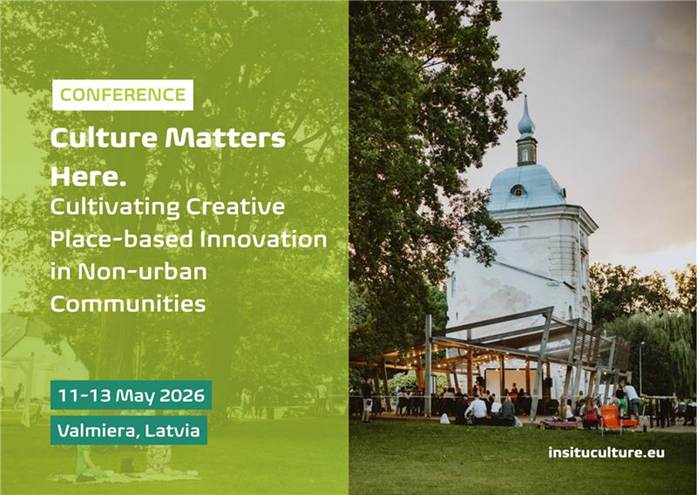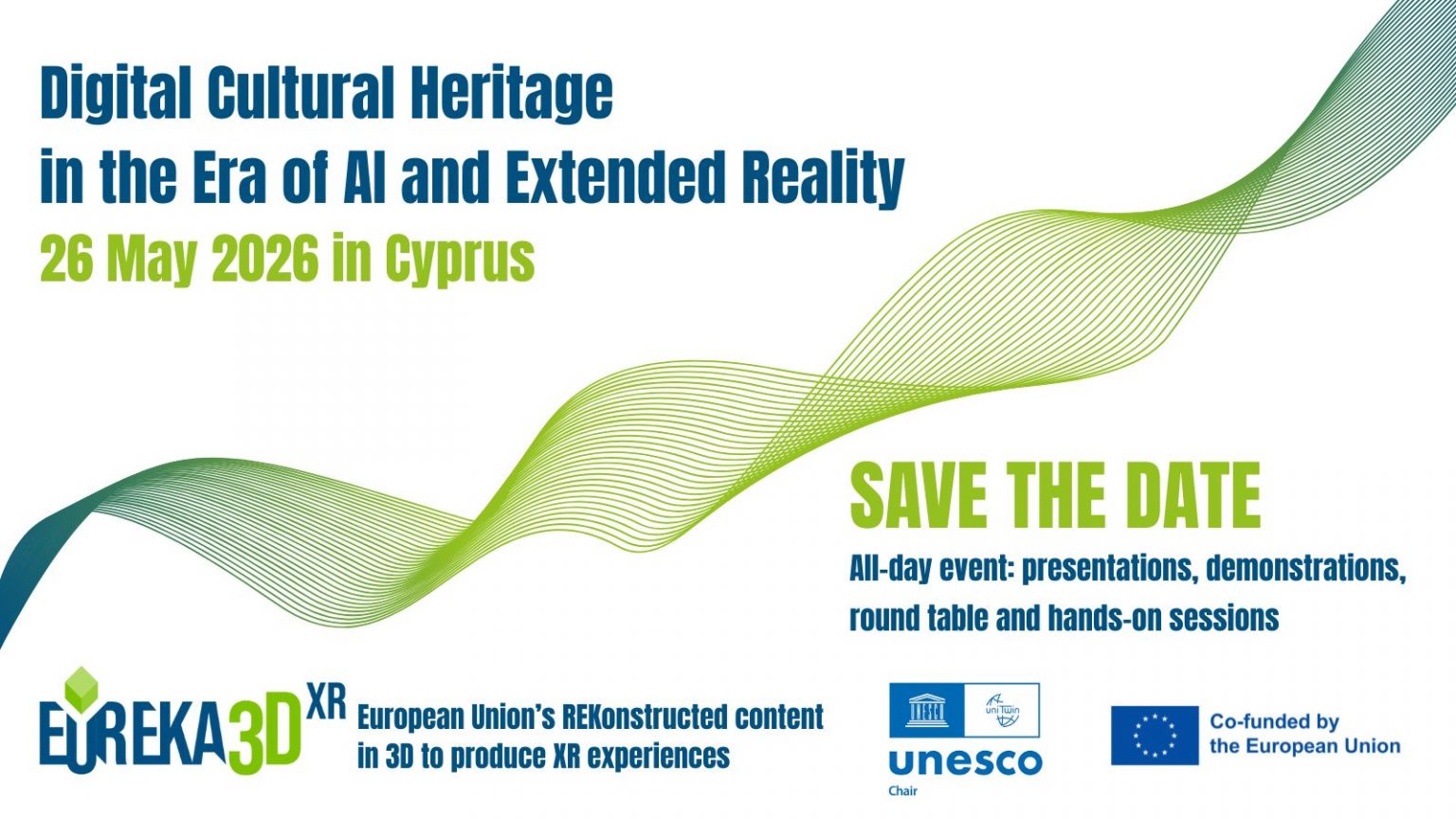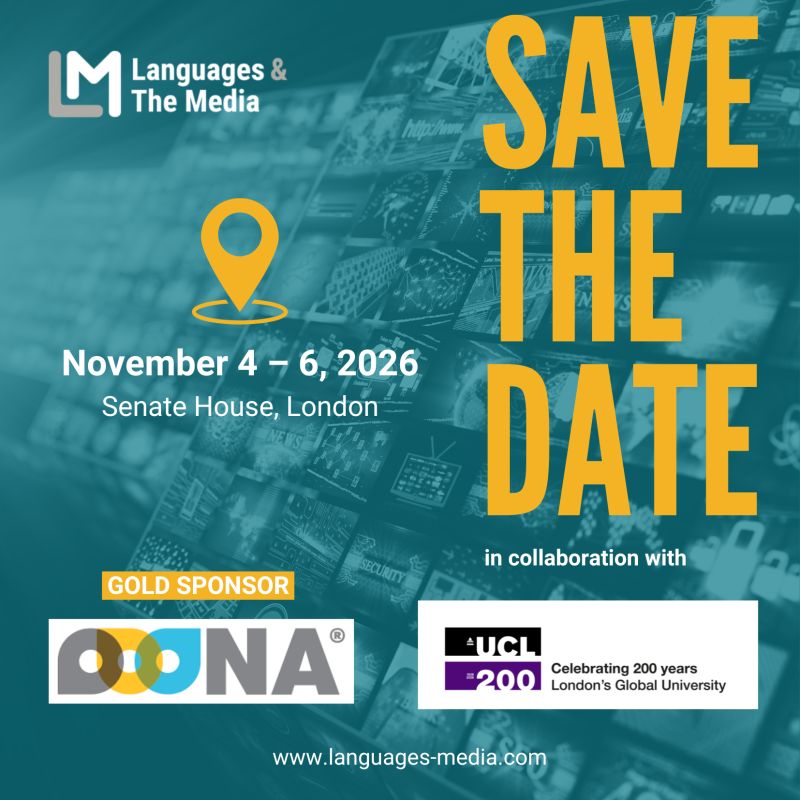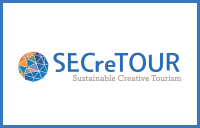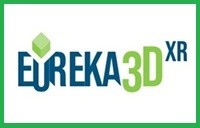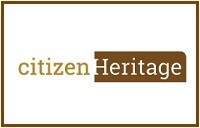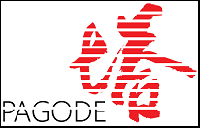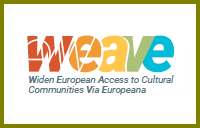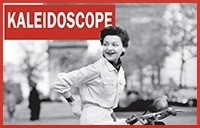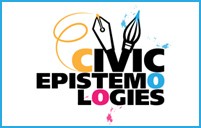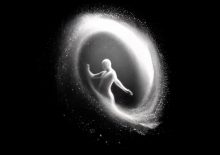The term ‘authenticity’ can be used to describe a thing, including heritage objects, an experience, or a person. In all instances the term conjures up notions of originality, truth and sincerity, or a quality of being real as opposed to being fake. For example, we can speak about ‘an authentic tourist experience’ or about ‘the authentic self’ or ‘an authentic painting’. The notion of ‘authenticity’ has had a long history within the social sciences and humanities and is still commonly used in everyday life. Earlier definitions of authenticity eschewed ideas of commodification, placing greater emphasis on ideas of tradition. An object, for example an artefact in a museum, was deemed authentic if it was made by a traditional artist to serve a traditional function. Objects made for the consumer or tourist were deemed inauthentic. Such definitions have however come under significant criticism in recent years with some critics pointing out the socially-constructed nature of authenticity. Authenticity, in this sense, is negotiable. Such criticisms have led to the development of new ways of thinking about what is authentic, giving rise to terms such as ‘staged authenticity’, used, for example, to describe touristic experiences of particular cultural practices.
Login Status
-
Free text
UPCOMING EVENTS:
 HAEU's workshop to manage climate threats in the field of achiving (4-5 December 2025)
HAEU's workshop to manage climate threats in the field of achiving (4-5 December 2025)The new challenges that archives face today concern their relationship with space and the environment, a balance that is increasingly fragile and exposed to risk: floods, fires, and climate change are reshaping the risk profile of documentary heritage. The workshop … Continue reading →
 Collaboration agreement has started between SECreTour and R.Map project in December 2025
Collaboration agreement has started between SECreTour and R.Map project in December 2025The SECreTour Network is growing! R-MAP is the acronym of the project titled Mapping, understanding, assessing and predicting the effects of remote working arrangements in urban and rural areas. R-Map is a three-year project funded by the European Union under … Continue reading →


